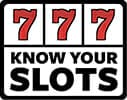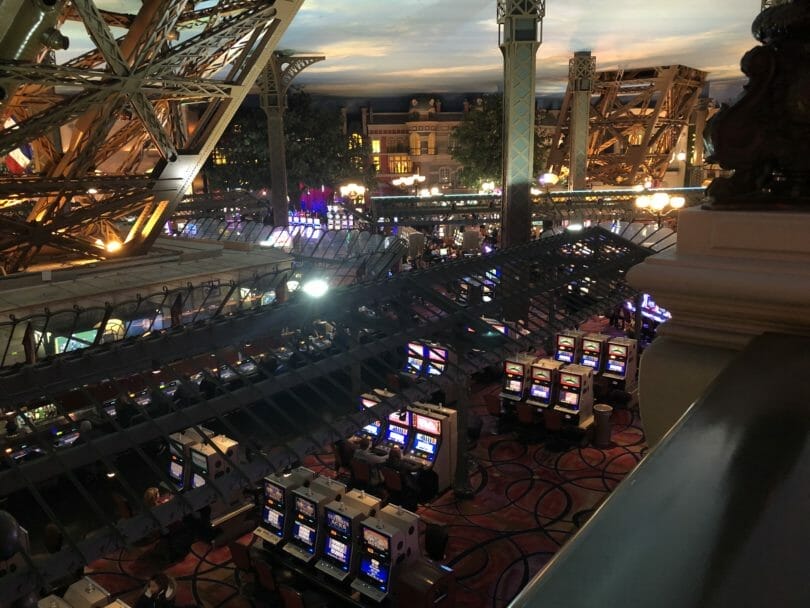If you’ve been reading this site long enough, you may be aware that slot machines are built with multiple return to player options in mind. Most slots have something like half a dozen options, built in a range of payback options that are standard for most games (usually 85% to 98%, depending on the manufacturer, the expected denominations, and so on).
There’s no one right way to develop this, but having talked with a couple of game designers, there does seem to be an overall process that at least some follow to getting to the point of having a game with different options.
Both of the designers I spoke to said that game development starts by getting one payback option fully fleshed out, and into the form of a game that’s fun to play and well balanced. Once the first one is built out, the other variations are worked out.
For Juan Mariscal, Director of Game Design at Everi, his approach (as well as others there at Everi) is to first develop the payback option he believes will be the standard setting for the game.
“We design a game for the intended hold that can fit most customers’ floors. For premium products, most customers will prefer the hold to be higher, so a lower RTP (return to player). For more core for sale titles or mechanical titles, customers typically place these at 90% or 92%.”
Another game designer I previously interviewed said he started with the lowest payback option – his mindset is if the game is fun at the baseline payback, adding more pays in should simply be more fun. But he, too, starts by formulating one initial version that plays well.
From there, the other options are built out. Mariscal said, “From there, many iterations that go into that as we create the lower and higher percentages and deduce how to create the 85% version as an example, and make recommendations to our sales team. If we have concerns about putting out the game at 85 or 86% for example, our management and sales teams will consider that.”
Both game developers said that once the initial payback option is smoothed out and playing well, it’s not hard to build out additional payout options.
“It’s quite cheap to make the extremes,” Mariscal said. “Once you have a 90% game, it’s not that hard to put together a 92%. We put money where we can accentuate the experience. Once we have a game we’re confident in, we can turn around the other holds quite simply.”
The other developer concurred, saying it might take a day or a day and a half to build another payback option once he has the first one figured out. His approach was to identify what made the game fun, aspects of the game that would be more fun if enhanced, and put the additional payouts there, similar to Mariscal’s approach.
The end result is a product that casinos can choose from a menu of payback options, and can be assured (along with encouragement from the sales teams) that the game they’re placing on the casino floor has been well balanced at the payback option of their choosing.
Thank you to Juan Mariscal of Everi for sharing his process for this article!









It’s a difficult recipe and unfortunately not every gaming company gets it right. When I got started in the business, it was rather easy and straightforward: the fundamentals were a hit ratio of say 1 in 8 spins, bonus games awarded 25X every roughly 120 spins, etc. But then the customers wanted bigger wins. There’s only so many things a gaming company can do, e.g. reduce the base game to fatten the bonus game and increase the variance.
It’s funny (or sad!) how people focuses on the RTP or EV of the game but they are silent about the variance side of the game. Players are demanding 50X, 100X, 200X, etc during the bonus rounds (vs 25X). It means the typical bonus award must be garbage so a rare 200X is awarded. That game now runs the risks of too many disappointing low bonus awards and the game being a failure (due to bonus remorse).
Hi EV Bandit – some really great thoughts, as always. I certainly remember the days when a 25x bonus was a good target, but it does seem like a much harder pendulum swing on many newer games. I had a casino trip yesterday where it was really, really difficult to get momentum going (and it feels like that happens more often now), I presume for reasons like what you’re mentioning. I’ve been favoring some of the lower volatility options in the casino as of late – I feel like I get some wins to keep things going, vs. having to chase a unicorn of a hit to keep going.